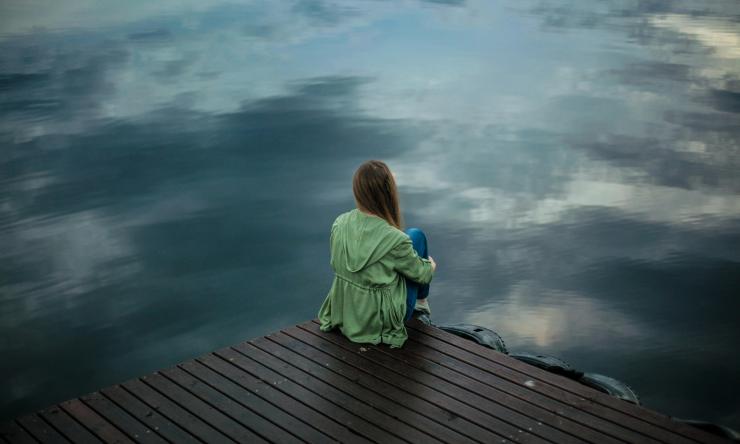Shining a light on seasonal affective disorder
Shorter days and lack of sunlight can greatly affect one’s mental state. People often suffer from seasonal affective disorder (SAD) during the fall and winter months due to lack of sunlight. A Baylor College of Medicine psychiatrist explains how to cope during this time.
“Lack of sunlight causes decrease of serotonin, which is placated in mood changes,” said Dr. Asim Shah, professor and executive vice chair in the Menninger Department of Psychiatry and Behavioral Sciences at Baylor. “SAD usually occurs in those who live in areas with prominent winters, shorter days and less sunlight.”
Incidence
SAD affects those with or without clinical depression. While this condition is more common among people who do not experience year-round depression, it affects people with depression harder. Ten to 20% of people with clinical depression can have SAD, and the incidence is even more common in people with bipolar disorder. Clinical depression is twice as common in women, and SAD is four times more common in women than men. SAD can occur at any age, but it usually presents itself between the ages of 18 and 30.
Symptoms
SAD symptoms mimic symptoms of depression, but those who feel this way during the fall and winter months annually might not have clinical depression and only experience this once a year. SAD symptoms include:
- Lack of interest in activities
- Irritability
- Fatigue
- Problems with appetite
Solutions and treatment
While there is no specific medicine or treatment for SAD, Shah recommends keeping the home bright with light colored walls, curtains and sheets for a bright, open look.
“Light colors will give you a sense of openness that helps with your day-to-day,” he said.
He also suggests incorporating bright light lamps in the home, which are much brighter than normal lights.
Those experiencing SAD should do phototherapy, also known as bright light therapy, which exposes you to light waves to treat certain conditions. This therapy offers artificial light to people who do not have exposure to sunlight to improve circadian rhythm, sleep disorders and depression. Vitamin D is deficient in winter months since you get it through sunlight, so doctors might supplement vitamin D in patients lacking it, which can help their overall mood. They might also recommend melatonin to help with circadian rhythm.
“People with depression or SAD shouldn’t be in a room with dark windows, walls and curtains. Studies show that brighter environments help ease depression and anxiety,” Shah said.
When symptoms are severe, SAD can be treated with antidepressants with serotonin, since people lack serotonin in winter months. If you suffer from clinical depression and take antidepressants regularly, consider talking to your doctor about increasing your dose for the fall/winter period.
Shah also recommends lifestyle changes, such as exercising or other activities that help manage stress and improve mood.










